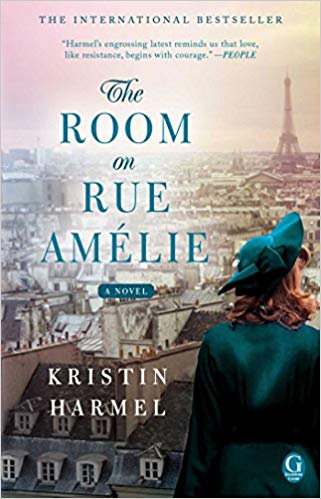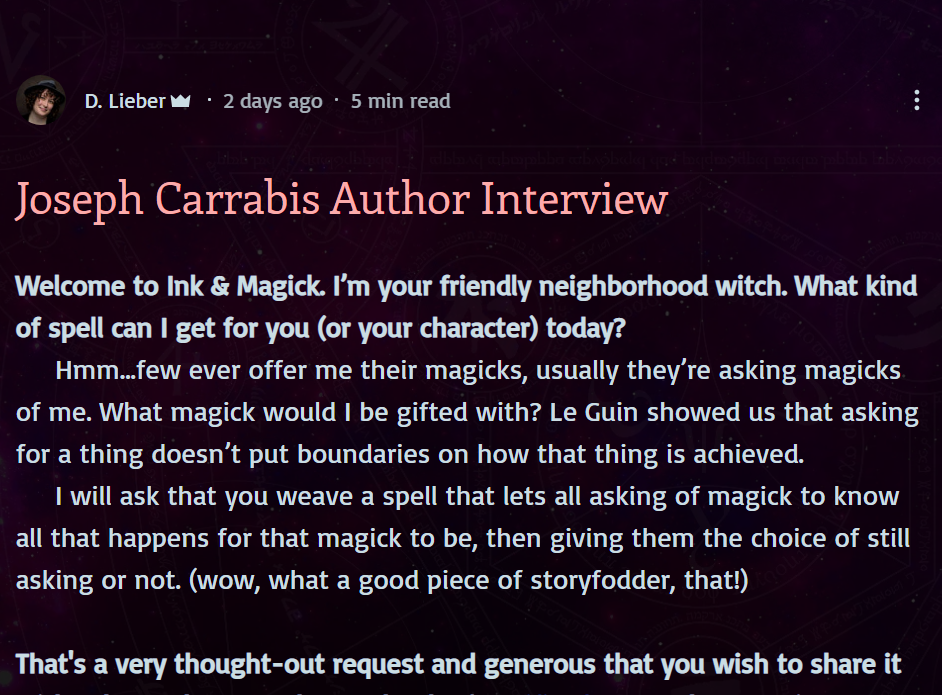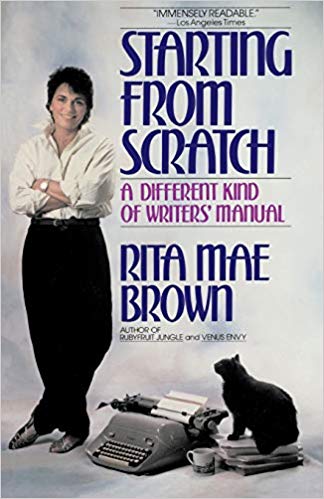I wrote in Great Opening Lines – and Why! (Part 3 – Some Great Opening Lines) that I’d share more great opening lines as I found them.
 “She sleeps beside me, her narrow chest rising and falling, and already I miss her.” – Kristen Harmel’s The Room on Rue AmÈlie
“She sleeps beside me, her narrow chest rising and falling, and already I miss her.” – Kristen Harmel’s The Room on Rue AmÈlie
I challenge anyone to read that line and hear anything but a whisper. If not a full whisper, a quiet voice, a voice not wanting to disturb. I further challenge anyone to read that line and not feel an ache. You know something’s going to happen and it’s going to change the narrator’s world completely. Can you read that line and not have a sense of illness? The narrow chest rising and falling followed by already I miss her?
Amazing emotional power in fifteen words, to me. I need to know Harmel worked hard at that opening line. If it just came to her, I should quit the writing business.
Unfortunately, the rest of the novel doesn’t live up to that opening line. By chapter 3 the strong narrative voice is lost, the storycrafting weakens, and the reader is left wondering what happened to the author of the first two chapters. Certainly they left and let someone else take over the writing of the book. There are sparks of the original brilliance here and there, but nothing like the evocative power of that great opening line and the first two chapters.
Continue reading “Great Opening Lines – and Why! (Nov 2019’s Great Opening Lines)”


